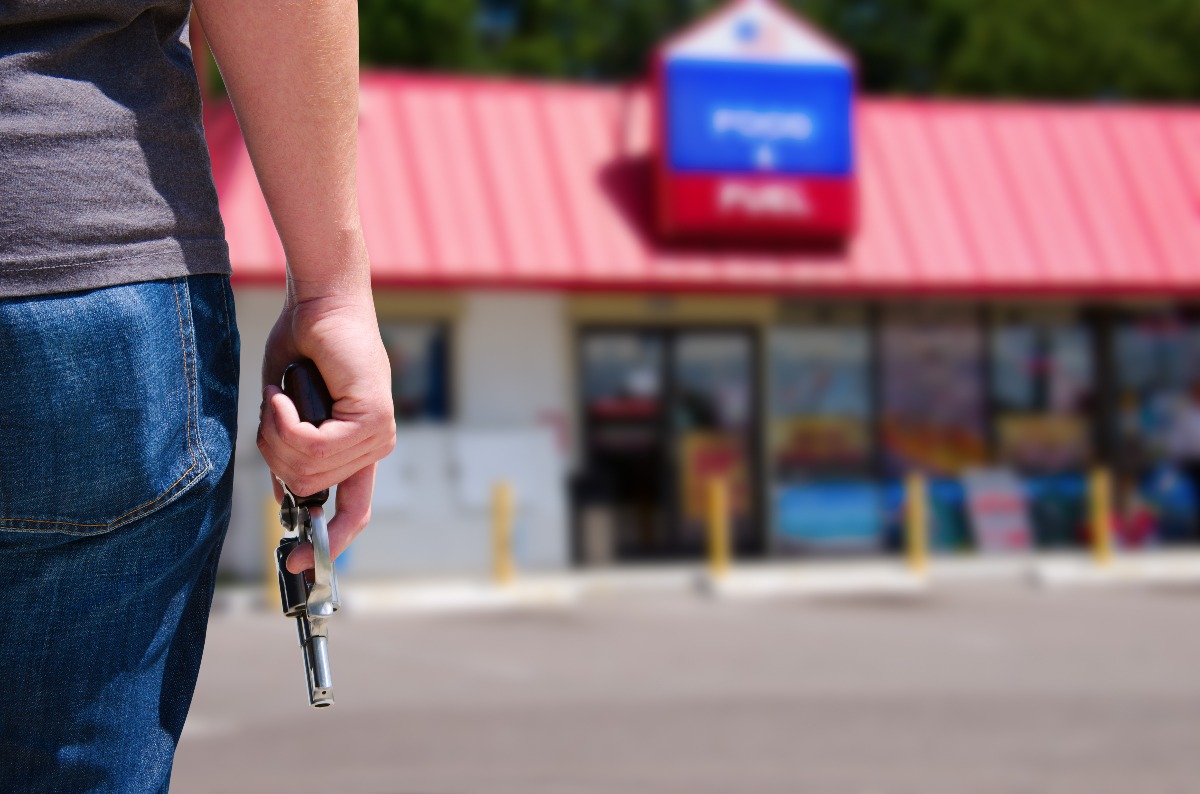In 2020, while the United States was reeling with the surging cases of the COVID-19 pandemic, the police were kept busy by a different kind of attacks: gun store burglaries.
According to the Bureau of Alcohol, Tobacco, Firearms, and Explosives (ATF), thieves stole not less than a thousand firearms across the United States in only a week during spring. To put that into perspective, the volume of stolen ammunition represented about one-fifth of the total missing firearms in 2019, which was over 5,500.
But this isn’t an isolated incident. For years, various gun stores and individuals with collections have been prime targets for stealing—and the statistics have been increasing.
The ATF shared that in 2016 alone, the total number of robberies in gun stores increased to 33—over 150% increase than in the previous year. In 2012, more than 370 burglaries in these shops had been reported.
Gun shop owners can always participate in a property insurance program for gun stores to protect their business. The coverage, for instance, can pay for a portion or the total value of the stolen goods.
However, because these are dangerous weapons and robberies have been happening for a long time, it is also important to understand the reason behind the attacks. Why do many Americans love to steal guns, where do they go, and what do they do with it?
Where Does Gun Stealing Usually Happen
The Center for American Progress revealed that gun store robberies are not the same across different states. Places like Tennessee, South Carolina, Oklahoma, Arkansas, and Alabama have the highest rates of gun theft.
But the percentage is also 13 times higher than the average in five states with the lowest gun burglary cases. These include New York, Hawaii, Rhode Island, Massachusetts, and Connecticut.
The question is why. The Federal Bureau of Investigation (FBI) may have the answer. Based on its map, the number of gang members present in the states with the highest gun theft is between 2 and 6 people per 1,000 inhabitants.
Moreover, these states have also experienced a massive expansion of outlawed motorcycle gangs. For example, Arkansas is currently home to the Outlaws and the Wheels of the Soul. Juvenile gangs, meanwhile, are present in South Carolina, while the East African gangs are in Tennessee.

State laws on gun ownership and control may also impact the risk of gun shop burglary. According to Zippia, three states with the highest rates of gun theft also have the loosest gun regulations. These are Arkansas, Alabama, and South Carolina.
In Arkansas, for instance, undercover sting operations may no longer be allowed. This is after Michael Bloomberg, then a New York mayor, commissioned an investigation of a gun show held in Arizona in 2011.
Both Tennessee and Arkansas also passed a law that protects handgun-carrying individuals. With the regulation, the gun owner can now keep their personal information confidential. This also means that newspapers and the rest of the media cannot publish their names in the reports.
The Dangers of Stolen Guns
There’s a good reason the American Center for Progress and the authorities encourage gun store owners to take proactive measures to secure their inventory: they often end up being used in violent crimes.
In an investigation on stolen guns in Tennessee, the Commercial Appeal discovered that over 9,000 guns were burgled or robbed in Memphis from January 2011 to June 2016. About 21 were later used in homicides and 60 in aggravated assaults. Almost 30 were linked to robberies and close to 70 to drug crimes.
ATF also shared a similar sentiment. According to the agency, stealing from a gun store is one of the easiest ways to diver the ammunition from a legal to an illegally trafficked market. Many will also end up being used in crimes around the area.
The investigation conducted from July 1996 to December 1998 found that over 13% of criminal cases involved guns stolen from licensed gun shop owners and dealers. This was about four percentage points higher than ammunition that came from private residences.
As expected, these unlicensed and illegally procured guns will be difficult to trace. In fact, law enforcement authorities may likely hit a dead end unless the store, for example, reports the burglary and maintains a thorough, detailed record of their inventory.
In reality, many states don’t mandate gun shop owners to take precautionary measures against theft. The United States also has one of the easiest requirements in owning and carrying a gun. But shops can take it upon themselves to boost their protection. This way, they can also prevent many violent crimes from happening.

